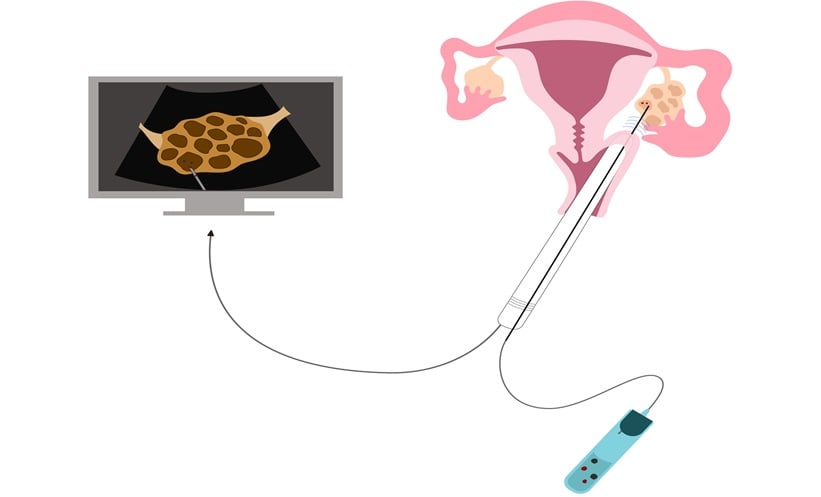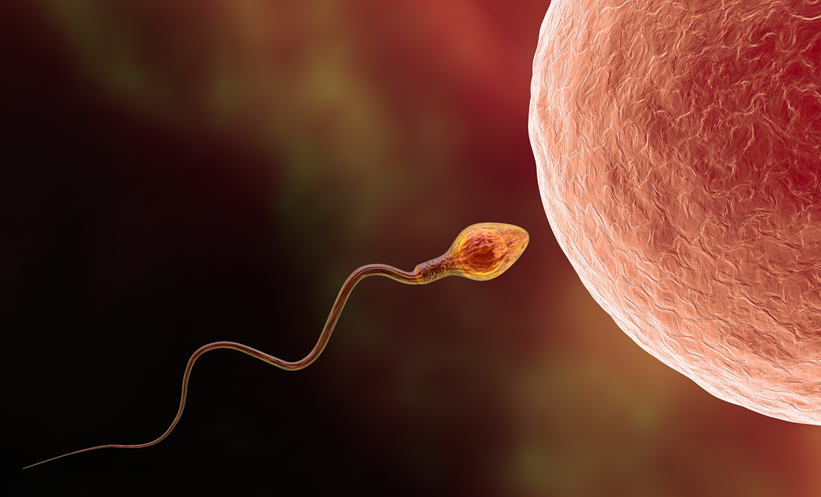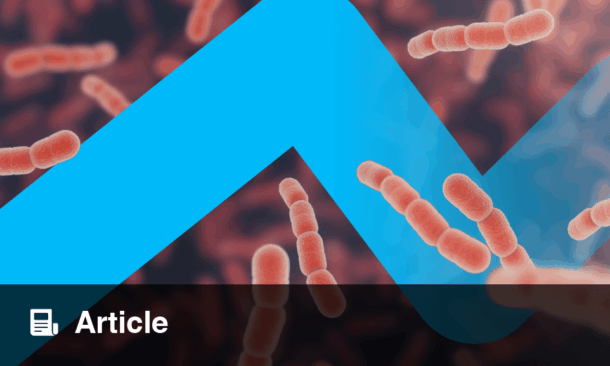BACKGROUND AND AIMS
Adequate information disclosure is essential for informed consent in medical procedures like egg donation. However, studies have indicated that egg donors are not always properly informed, and disclosure practices have been deemed inadequate.1 Scholars have therefore emphasised the importance of adequate information disclosure, often focusing on risk information;2 however, this raises the question of what information specifically should be disclosed to prospective egg donors. There is a clear need for a comprehensive guideline of essential information for prospective egg donors. To address this need, the authors conducted an international Delphi study.3
METHODS
Through a three-round iterative survey process, the authors aimed to reach consensus among professionals and egg donors on which information items are relevant and morally necessary for valid informed consent of prospective egg donors. Invitations to participate were sent in November 2023, and the final round concluded in November 2024. The survey comprised 13 information categories, which contained 134 concrete information items (CII). Participants evaluated relevance using a 4-point Likert scale, and moral necessity using a dichotomous (yes/no) format. The Content Validity Index (CVI) was used to analyse relevance, and moral necessity was determined by the percentage of agreement. A consensus threshold was set at 0.78 for both dimensions. Participants also had the opportunity to provide comments. A total of 35 participants (comprising egg donors and professionals from disciplines including medicine, psychology, law, and bioethics) were recruited from 14 countries.
RESULTS
Of the 134 CIIs evaluated, 27 failed to meet the relevance threshold, and 44 fell below the threshold for moral necessity. Four CIIs reached a CVI of 1. All experts thought it was relevant for a candidate donor to know: 1) the need to undergo ovarian stimulation; 2) a pick-up procedure; 3) her legal rights over the donated eggs after the pick-up procedure; and 4) her legal right to withdraw consent. The latter is the only CII that scored a 100% on moral necessity. In several categories, almost all CIIs reached a consensus on moral necessity among most non-medical experts, while fewer CIIs reached a consensus among medical experts. Such differences in agreement between expert groups were found in the categories “Physical side-effects and risks,” “Psychological side-effects and risks,” “Risks and side-effects of the egg pick-up,” “Practicalities affecting an egg donor’s everyday life,” and “Alternative treatments.” The most notable difference was between what egg donors and medical professionals considered morally necessary to disclose.
FUTURE RESEARCH AND LIMITATIONS
Future research should further investigate the discrepancy in scoring between medical professionals and egg donors and involve a larger sample of egg donors to better understand their needs on this topic. Despite efforts, input from registered nurses and midwives was not obtained. Some participants dropped out during the iterative rounds, potentially weakening the results, though dropout rates remained within the acceptable 20–30% range.
CONCLUSION
The final results give professionals a standard of essential information to make sure that prospective egg donors are adequately informed and know what to expect when they decide to donate. They also give researchers a potential standard by which to evaluate the quality of the information provision in fertility clinics.







